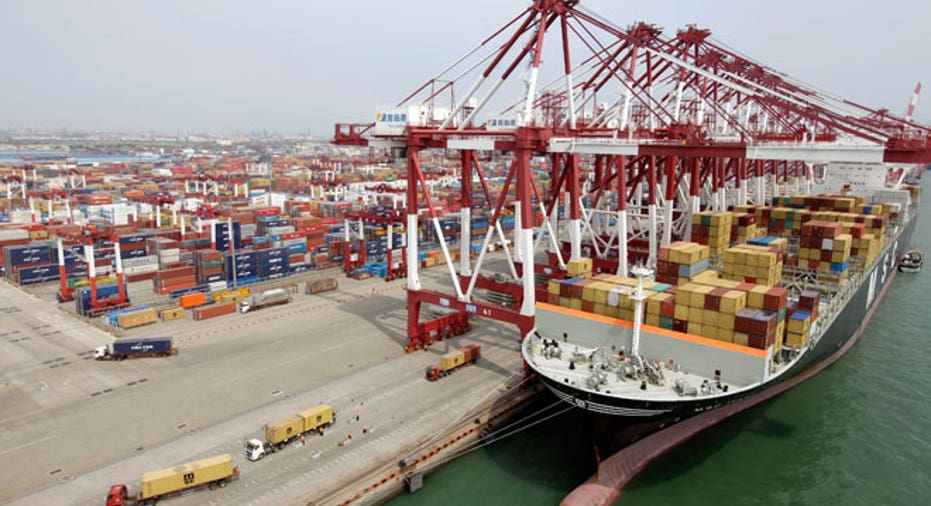U.S. Trade Deficit Shrinks to Lowest Level Since December 2013

The U.S. trade gap narrowed in November to its lowest level in nearly a year because falling prices and weaker demand for foreign oil pushed down imports despite record inbound shipments of consumer goods.
The trade deficit fell 7.7% to a seasonally adjusted $39 billion in November from the prior month's deficit of $42.25 billion, the Commerce Department said Wednesday. The reading marks the smallest deficit since December 2013. October's deficit was revised from an initially reported $43.43 billion.
Economists surveyed by The Wall Street Journal had forecast a trade deficit of $42 billion in November.
Exports decreased 1% from October to $196.36 billion, and imports declined 2.2% to $235.36 billion. Through the first 11 months of 2014, exports rose 2.9% from the year-earlier period, while imports were up 3.3%.
Crude oil was the primary driver of the falling import number. Imports of petroleum, as measured in dollars, were the lowest since August 2009.
After topping $100 a barrel last summer, oil prices steadily declined during the fall and touched below $50 a barrel this week. The average price of a barrel of crude oil fell to $82.95 in November, down from $88.47 in October and $94.69 a year earlier, the Commerce Department said.
But the lower prices did not spark additional demand. The volume of imported oil in November, 189 million barrels, was the lowest monthly figure since 1994, the Commerce Department said. Increased U.S. oil production has limited domestic demand for foreign oil in recent years.
Non-petroleum imports were down slightly in November, on a seasonally adjusted basis, but imports of consumer goods were the highest on record. Demand strengthened for cell phones, jewelry and apparel. The demand for imported consumer products suggests Americans are supporting economies abroad as well. A strengthening U.S. dollar makes foreign goods and services relatively more affordable.
Consistent hiring, falling gasoline prices and improving confidence is aiding U.S. consumer spending. Household outlays accelerated in November from October following strong third-quarter spending that propelled the economy to advance at a 5% pace during the summer months.
The decline in exports for November was driven by weaker shipments of civilian aircraft, a volatile category. But aircraft shipments in the first 11 months of the year were running ahead of 2013 levels. U.S. firms also shipped less computers, generators and other types of machinery in November.
Exports were an early driver of the economic expansion that began in 2009, but the pace of gains has slowed in recent years. U.S. firms are facing a number of headwinds to increasing sales abroad, including the strong dollar and weak economic output readings from Japan to Europe to Brazil.
Trade was a net benefit to the U.S. economy during the third quarter, adding 0.78 percentage point to overall growth. But many economists don't expect the category to provide the same boost in the final three months of 2014.
Through the first 11 months of the year, exports to the European Union were up 5.5% compared to the same period a year earlier. Imports from the E.U. rose 7.5%. In the same time frame, exports to China were up 2.8%, while imports increased 5.8%.
The Commerce Department report on trade can be found at http://www.census.gov/ft900.